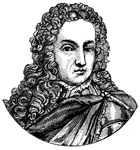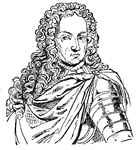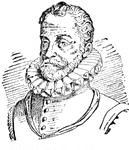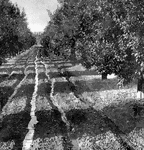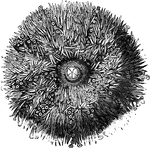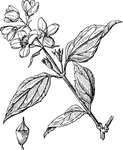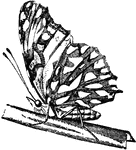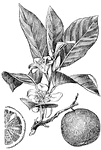
Orange
Orange. All the species of the genus are natives of tropical and subtropical Asia, but are now extensively…
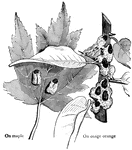
Scale
The scale bugs, or bark lice, are very injurious to trees: some of them are among the worst pests of…

Sea-Orange
A type of sea cucumber that is a beautiful rose-color with fine white stripes running from end to end.

General James A. Garfield
"General James A. Garfield was the twentieth President of the United States, born in Orange, Cuyahoga…

Admiral Silas H. Stringham
"Rear admiral Stringham, born in Middletown, Orange County, N. Y., November 7th, 1798; died in brooklyn,…

Confederate Position
"Confederate position near Centreville, Va., at the crossing of the Orange and Alexandria Railway over…

Rock Rat
Petromys Typicus. "These animals move upon the hind-legs, which are not much larger than the fore-ones;…
General Hospital Exterior
"United States General Hospital, Hilton Head, S. C., exterior. The United States General Hospital at…

General Hospital Interior
"United States General Hospital, Hilton Head, S. C., interior. The United States General Hospital at…
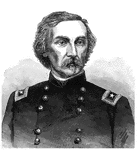
General Gouverneur K. Warren
"General Warren, born in Cold Spring, N. Y., January 8th, 1830, died in Newport, R. I., August 8th,…
Culpepper Courthouse
"Culpepper Courthouse, or Fairfax, capital of Culpepper County, Va. This pretty little place, more frequently…
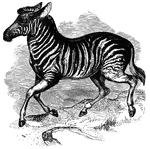
Dauw
"Is of a pale brown color; the underside of the body being whitish; head, body, and upper part of the…

Myrica
Leaves with small, orange wax glands on te lower surface when examined with lens; leaves usually prominently…

Savin's Rock
Savin's Rock. This is a view of the spot where Farth landed, in Orange, formerly West Haven. It is between…

Red Bandfish
"One to two feet long, color orange-red; moving in the waters it appears like a red-ribbon. This, as…
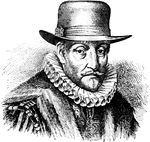
William the Silent
"William, Prince of Orange, called 'William the Silent,' was the natural leader of the Netherlands at…

Dutch West India Flag
"Flag of the Dutch West India Company. When the rights of the company ceased, a new and more powerful…

George B. McClellan
"George Brinton McClellan was born at Philadelphia, December 3, 1826. He was for two years a student…

Young Amanita
"Amanita is a genus of fungi, nearly allied to the mushrooms. Several of the species are edible, notably…

Adult Amanita
"Amanita is a genus of fungi, nearly allied to the mushrooms. Several of the species are edible, notably…

Death's Head Moth
"The most remarkable species is the Death's Head Moth, Acherontia Atropos, a large kind,…

Goosander
"The Goosander is a web-footed bird in the duck family. The adult male, which measures 26 inches in…

Goosander
"The Goosander is a web-footed bird in the duck family. The adult male, which measures 26 inches in…

Turnstone
"Turnstone is a small genus of birds of the plover family, intermediate between the true plovers and…
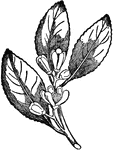
Lemon Branch
"The Lemon is the fruit of a small tree belonging to the same natural order as the orange. There are…
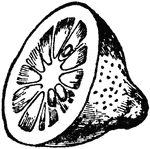
Lemon Cross-section
"The Lemon is the fruit of a small tree belonging to the same natural order as the orange. There are…
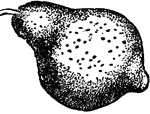
Lemon
"The Lemon is the fruit of a small tree belonging to the same natural order as the orange. There are…

Prairie Chicken
"Prairie Chicken is the popular name of the pinnated grouse of the United States. The neck of the male…

King Bird of Paradise
A bird 6 to 7 inches in length with its middle tail feathers about as long. The male is chiefly of a…
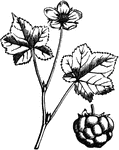
Cloudberry
A simple plant four to eight inches high. The flowers are large and white; and the berries a yellow&orange…
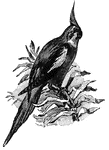
Cockatiel
A bird about 12 inches long, with a pointed crest somewhat like a cockatoo's. Long exserted midle tail…
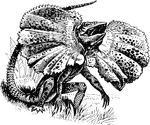
Frilled Lizard
The Frilled Lizard is so called because of the large ruff of skin which usually lies folded back against…
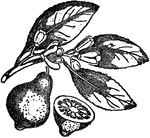
Lemon
The fruid of the tropical or subtropical tree citrus medica, of the orange family, and originally native…

Lotus Design
Very much resembles our pond lily with the exception that the color is of a brilliant purple on the…
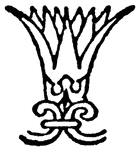
Lotus Design
Very much resembles our pond lily with the exception that the color is of a brilliant purple on the…

Lotus Design
Very much resembles our pond lily with the exception that the color is of a brilliant purple on the…

Lotus Design
Very much resembles our pond lily with the exception that the color is of a brilliant purple on the…

Lotus Design
Very much resembles our pond lily with the exception that the color is of a brilliant purple on the…

Orange
A class of fruit trees of the citrus genus, including several species. They are native to China, India,…
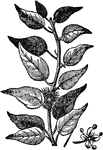
Osage Orange
A tree of the nettle family, so named from the Osage Mountains of Arkansas, where it is native, but…
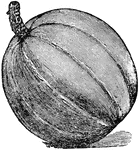
Pumpkin
A pumpkin is a vegetable, most commonly orange in colour when ripe, that grows as a fruit from a trailing…
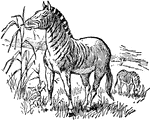
Quagga
The quagga is an extinct subspecies of the plains zebra, which was once found in great numbers in south…
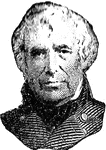
Zachary Taylor
The twelfth president of the United States, born in Orange county, Virginia, Nov. 24, 1784; died in…
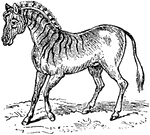
Quagga
The quagga is an extinct subspecies of the plains zebra, which was once found in great numbers in South…
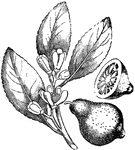
Lemon
The fruit of a small tree belonging to the same natural order as the orange. There are numerous varieties…
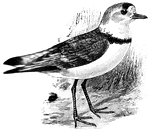
Piping Plover
A small ring necked plover of North America. It is of a pale gray color above and white below, with…

Orange Rind
"Vertical section of part of the rind of the Orange, showing glands containing volatile oil, R, R, R,…
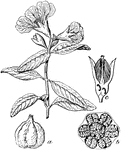
Pomegranate
It is of the size of an orange, has six rounded anles, and bears at the summit the remains of the calyx…
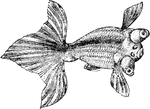
Goldfish
"In China and the warmer parts of Japan a fish extremely similar to the Crucian carp of Europe is of…
